Introduction
In the realm of homemade beverages, fruit wines stand out for their unique flavors, vibrant colors, and the sheer joy of crafting them from scratch. Among the myriad of fruits that can be transformed into delightful wines, rouge fruit (often referred to as Chinese hawthorn or Crataegus pinnatifida) holds a special place. Known for its vibrant red hue, tart taste, and numerous health benefits, rouge fruit is not just a delight to eat fresh or dried but also serves as an excellent base for making wine. This guide will walk you through the process of making rouge fruit wine, from selecting the perfect fruit to bottling your final product, ensuring every step is meticulously detailed for optimal results.
Understanding Rouge Fruit
Before diving into the wine-making process, it’s crucial to understand the basics of rouge fruit. Native to China, this fruit is characterized by its small, round shape, deep red color, and a slightly sour-sweet flavor. Rouge fruit is rich in vitamins, antioxidants, and minerals, making it a popular choice for health-conscious individuals. Its ability to aid digestion, lower blood pressure, and improve cardiovascular health further adds to its appeal. When used to make wine, rouge fruit infuses the beverage with a rich, ruby-red color and a complex, slightly tangy taste that balances well with its sweetness.
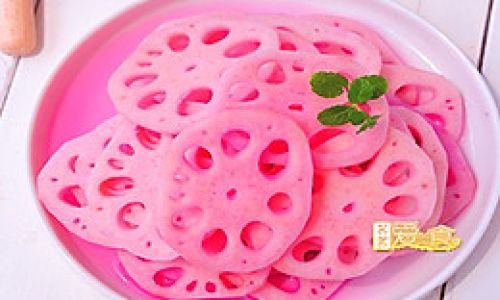
Preparing for the Wine-Making Process
-
Selecting the Fruit:
The quality of your rouge fruit will directly impact the quality of your wine. Choose firm, ripe fruits with a uniform red color and no signs of mold or decay. Freshness is key; ideally, pick the fruits directly from the tree or source them from a reputable supplier within a day or two of harvest. -
Cleaning and Sterilizing Equipment:
Cleanliness is paramount in wine-making to prevent contamination. Gather all necessary equipment—including fermentation buckets, strainers, bottles, and siphoning tools—and sterilize them using a mild bleach solution or a dedicated wine-making sanitizer. Rinse thoroughly with clean water and allow everything to air dry completely. -
Gathering Supplies:
In addition to the rouge fruits, you’ll need:- A large, clean fermentation bucket or carboy
- A secondary fermentation container
- Cheesecloth or a fine-mesh strainer
- Airlock and stopper for fermentation
- Bottles with tight-fitting lids or corks
- Yeast (specifically for wine-making, such as Saccharomyces cerevisiae)
- Sugar or honey (optional, to adjust sweetness)
- Pectic enzyme (optional, to clarify the wine)
- Wine stabilizer and sulfites (for bottling)
Step-by-Step Guide to Making Rouge Fruit Wine
Step 1: Preparing the Rouge Fruits
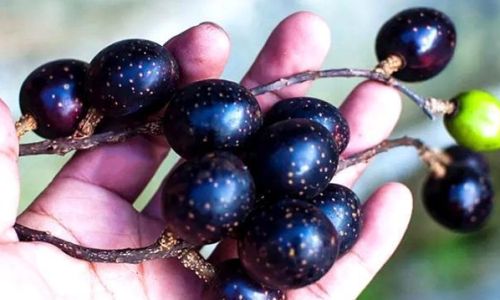
-
Rinse the Fruits: Gently wash the rouge fruits under running water to remove any dirt or debris. Pat them dry using a clean cloth or paper towels.
-
Removing Seeds and Stems: Carefully remove the stems and seeds from the fruits. This can be done manually or with the help of a food processor fitted with a pulsing blade to lightly crush the fruits without turning them into puree.
Step 2: Crushing and Mixing
-
Crushing the Fruits: Place the cleaned and deseeded rouge fruits into a large, clean bowl or bucket. Use a potato masher or your hands to crush the fruits into a coarse pulp. Aim for a consistency that allows the juices to flow freely but retains some texture.
-
Adding Sugar (Optional): If you prefer a sweeter wine, measure out the desired amount of sugar or honey (typically around 1-2 pounds per gallon of fruit pulp, depending on your taste preference) and mix it evenly into the crushed fruit.
Step 3: Adding Yeast and Nutrients
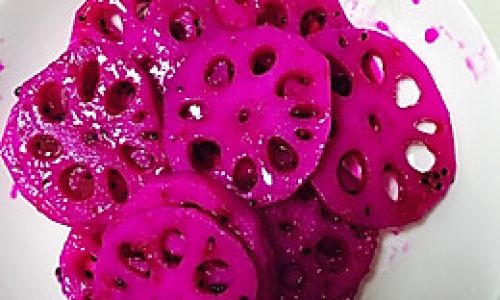
-
Activating the Yeast: In a small bowl, combine a small amount of lukewarm water (around 100-110°F) with the yeast packet. Stir gently and let it sit for about 10 minutes until it becomes frothy, indicating that the yeast is active.
-
Adding Yeast and Pectic Enzyme: Pour the activated yeast into the fruit mixture, stirring well to distribute evenly. If using pectic enzyme, add it at this stage to help clarify the wine by breaking down pectins in the fruit.
Step 4: Primary Fermentation
-
Transferring to the Fermentation Bucket: Pour the fruit mixture into your clean fermentation bucket or carboy, leaving some headspace for the foam that will develop during fermentation.
-
Attaching the Airlock: Fit the fermentation bucket with an airlock and stopper to allow carbon dioxide to escape while preventing oxygen and contaminants from entering.
-
Monitoring Fermentation: Place the bucket in a cool, dark place (ideally between 65-75°F). Fermentation will usually begin within 24-48 hours, evidenced by bubbling in the airlock. Stir the mixture daily for the first few days to ensure even fermentation.

Step 5: Secondary Fermentation
-
Racking the Wine: After the primary fermentation slows down (usually after about a week), rack the wine by siphoning it off the sediment into a clean, secondary fermentation container. Discard the fruit pulp and sediment left behind.
-
Adjusting Sweetness and Clarity: Taste the wine at this stage. If it’s too dry for your liking, you can add a bit more sugar and stir to dissolve. To further clarify the wine, you can add bentonite or another fining agent according to package instructions.
-
Allowing Further Fermentation: Let the wine sit in the secondary container for another 2-4 weeks, allowing any remaining fermentation to complete and the wine to clear further.
Step 6: Bottling and Aging
-
Preparing for Bottling: Once the wine is clear and stable, sanitize your bottles and any equipment you’ll use for bottling.
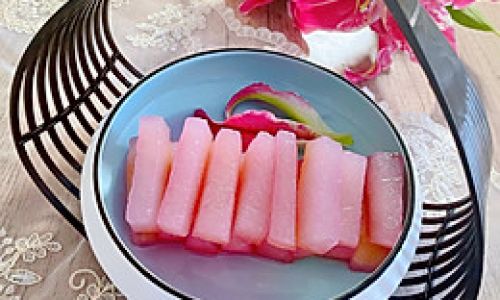
-
Adding Stabilizer and Sulfites: To prevent further fermentation in the bottles, add a wine stabilizer and a measured amount of potassium sorbate or campden tablets according to package instructions. Stir gently and let the wine sit for 24 hours.
-
Bottling: Siphon the wine into the sanitized bottles, leaving a small headspace. Cork or cap the bottles tightly.
-
Aging: Store the bottled wine in a cool, dark place for at least 3-6 months to allow it to mature and develop its full flavor. For best results, age for a year or more if possible.
Conclusion
Making rouge fruit wine is a rewarding endeavor that combines the art of wine-making with the enjoyment of a unique, healthful beverage. By following this detailed guide, you’ll be able to create a vibrant, flavorful wine that captures the essence of rouge fruit. Remember, patience is key in wine-making; allowing your wine to ferment and age properly will yield a far superior result than rushing the process. Enjoy the journey of creating your own rouge fruit wine, and savor each sip as a testament to your hard work and creativity. Cheers!
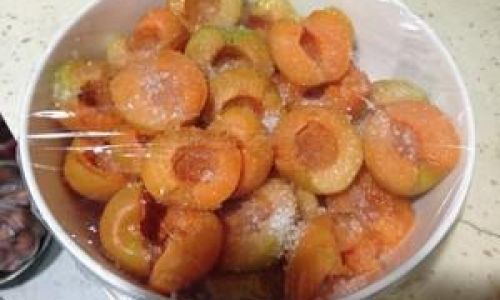
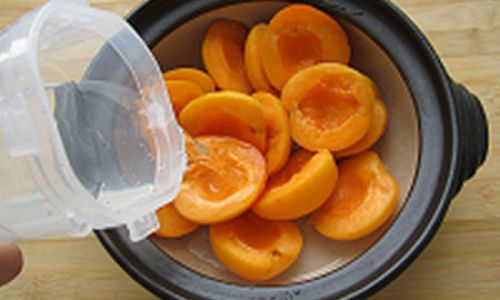
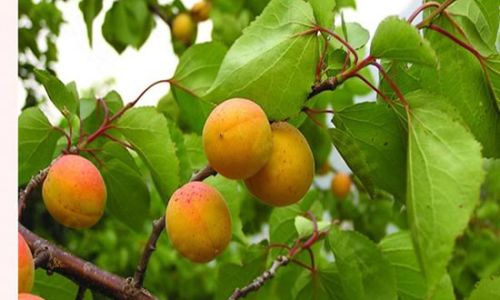
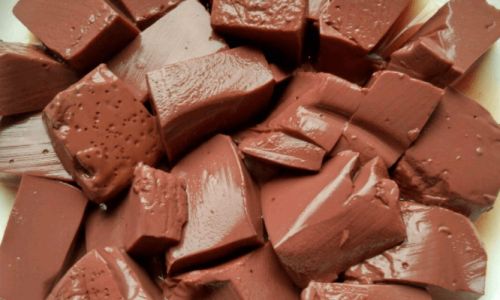
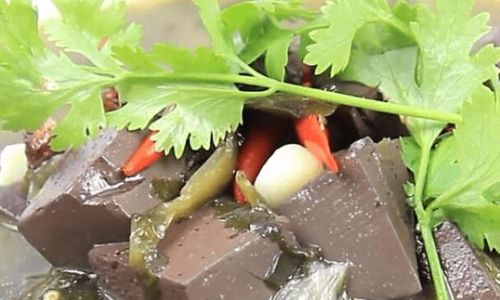
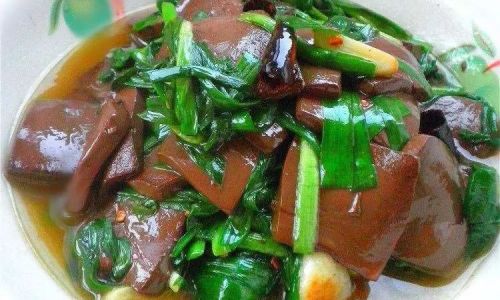
0 comments